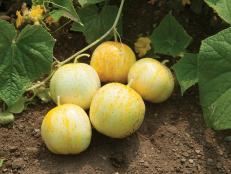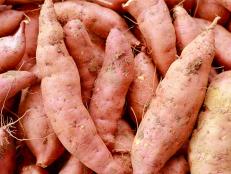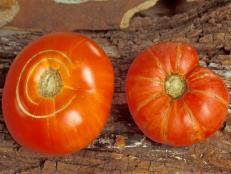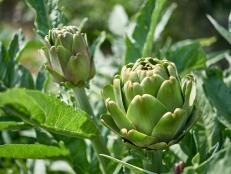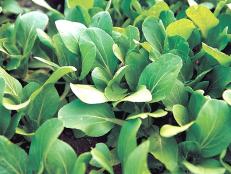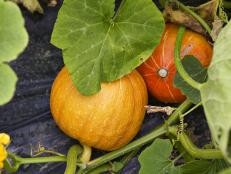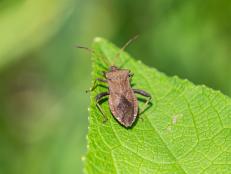Heirloom and Hybrid Vegetables
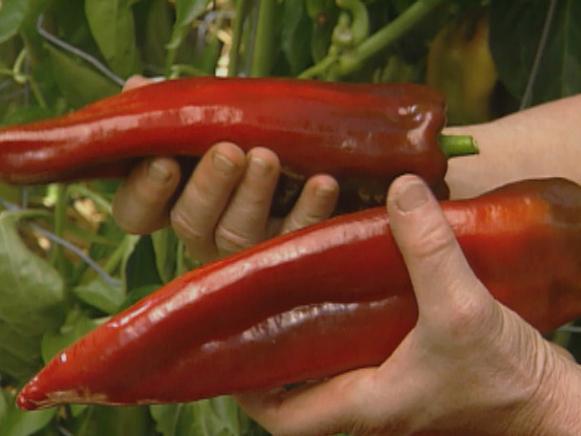
Heirlooms or hybrids, open-pollinated or F-1. If you need a dictionary to make sense of what to plant in your vegetable garden, you're not alone. Given the right circumstances, all these plant types have real merits.
Heirloom Vegetables
An heirloom vegetable is an old variety that is open pollinated. This means you can save the seeds, and they'll produce true to seed the next year.
A few terms: Old varieties can refer to those that are anywhere from 50 to 400 years old. "Open-pollinated" means the flowers are pollinated by the wind or insects, therefore exposing plants to a bigger gene pool.
There's a lot of genetic variability in open-pollinated plants, says veggie expert Renee Shepherd of Felton, Calif. "So, if you grew a whole field of bull's horn peppers, there'd be a lot of difference in shape and maybe a little different color. Some of the plants would probably be a little taller, a little shorter."
Harvesting seed from the plant with the most desirable characteristics – the tastiest or the biggest pepper – helps to reduce variability and increase the success of next year's crop. But for many heirloom aficionados, it's not the unexpected flavors, colors or shapes that are so captivating, as much as the legacy that grows from one tiny seed.
That's the heart and soul of heirlooms and the thing that connects people to the past. "They have meaning and value in people's lives," says Shepherd. "They're associated with people and places, and they have stories."
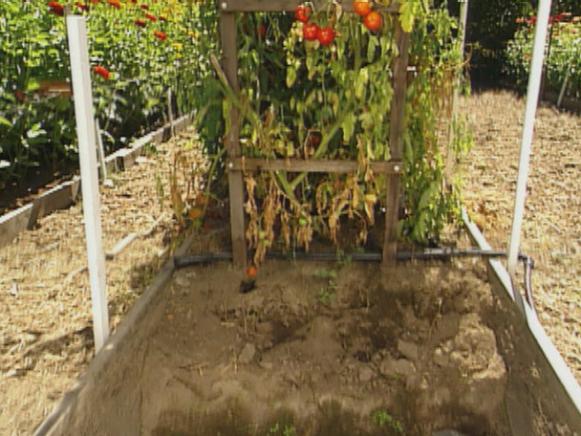
The problem some gardeners have with heirlooms is that they don't produce a reliable crop, leaving a hole in a person's food supply. Shepherd recently had a different problem with heirlooms – their lack of disease resistance left a hole in her garden. "This is a good example of what you do when you get Verticillium wilt, which is a common tomato disease," she says. Verticillium wilt kills susceptible plants and multiplies rapidly without intervention. The tomato plants in Shepherd's bed were pulled, the soil removed and now she is trying to eradicate the disease with an organic method called solarization.
To start the solarization process, thoroughly wet the soil and cover it with clear plastic. It's ideal to do this at the height of the summer when there's a lot of heat. It generally takes six to eight weeks to complete the process. According to Shepherd, there's a reasonably good chance of getting rid of the Verticillium, but it's not guaranteed.
The Best Heirloom Vegetables
See All PhotosHybrids
Try planting disease resistant hybrids, which are plants that have bred for certain desirable characteristics. A hybrid is called an F-1 cross, meaning the selection of a male and a female for their specific traits that was hand-crossed to retain those traits in the offspring.
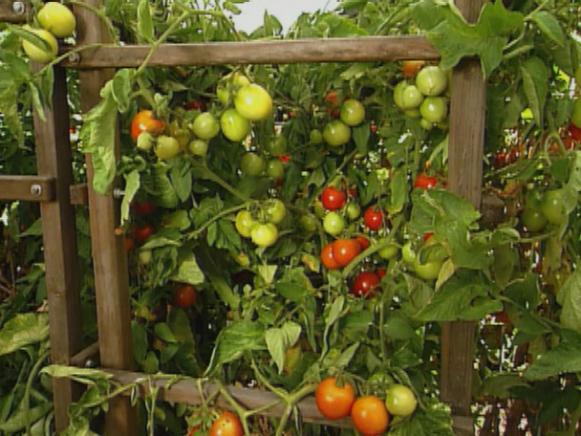
For example, you might want tomatoes with superior disease resistance that are also medium-sized and good for slicing. Through controlled pollination, plant breeders can develop hybrids, like 'Carmello,' that offer those traits.
The biggest disadvantage to using hybrids is that seeds taken from F-1 hybrids, or the first filial generation, aren't reliable for staying to true to seed. "Of course, you can save the seed. It would grow tomatoes, but they wouldn't be reliably consistent in having the same traits," says Shepherd. "You'd get a whole range because you wouldn't have the specific parents that you put together to get specific traits."
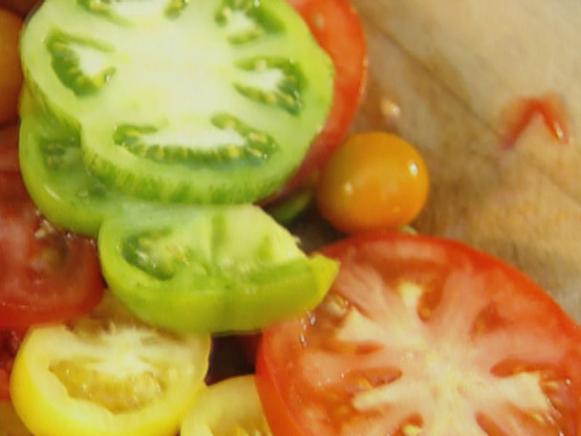
With advantages and disadvantages to both heirlooms and hybrids, Shepherd recommends growing some of everything. "Find what you like, find what works in your garden, and then do that because gardening is an art – it's a fun art."Even though they're grown to eat, heirloom tomatoes produce a visually interesting platter, such as marble striped, orange yellow and classic red.
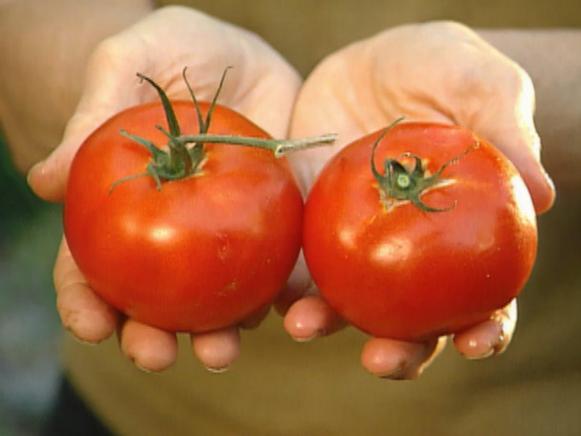
Even her hybrids are showy. "These are very uniform. They're round and red, the same size, and I can depend on them to consistently look like this," says Shepherd. Their dependability can mean the difference between a bountiful harvest and a bust.
Heirlooms offer excitement, while hybrids offer security. There's only one word you need to remember in creating successful gardens: diversity. "In my experience, heirlooms are better for certain places and certain reasons, and hybrids have huge advantages, too, so I always plant some of both," says Shepherd.
You don't need a dictionary to tell you how scrumptious homegrown veggies can be. That's the biggest reward of growing your own: sinking your teeth into the fruits of your labor.






